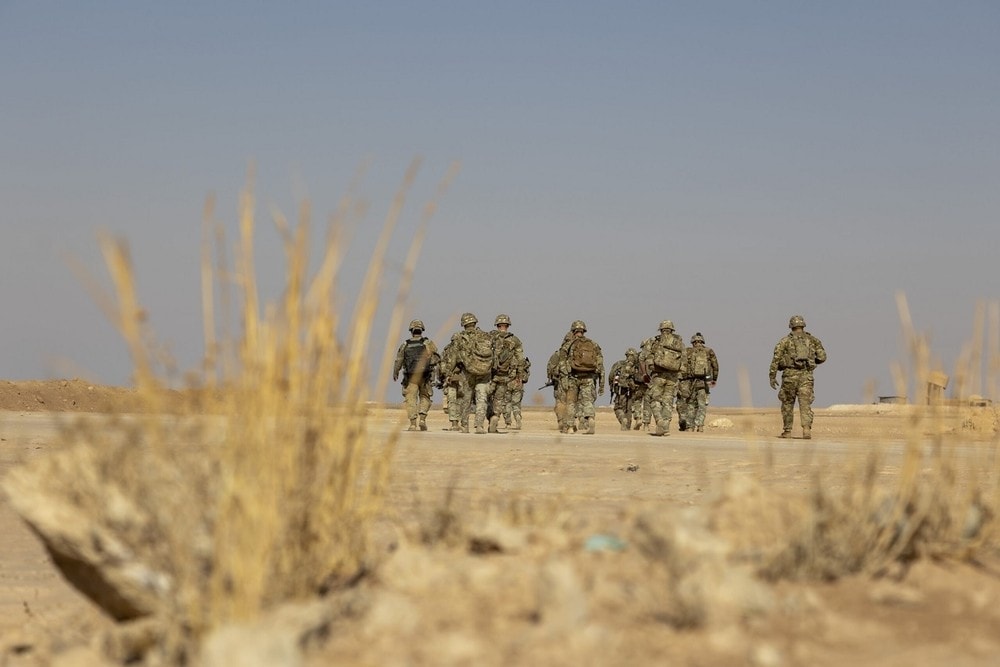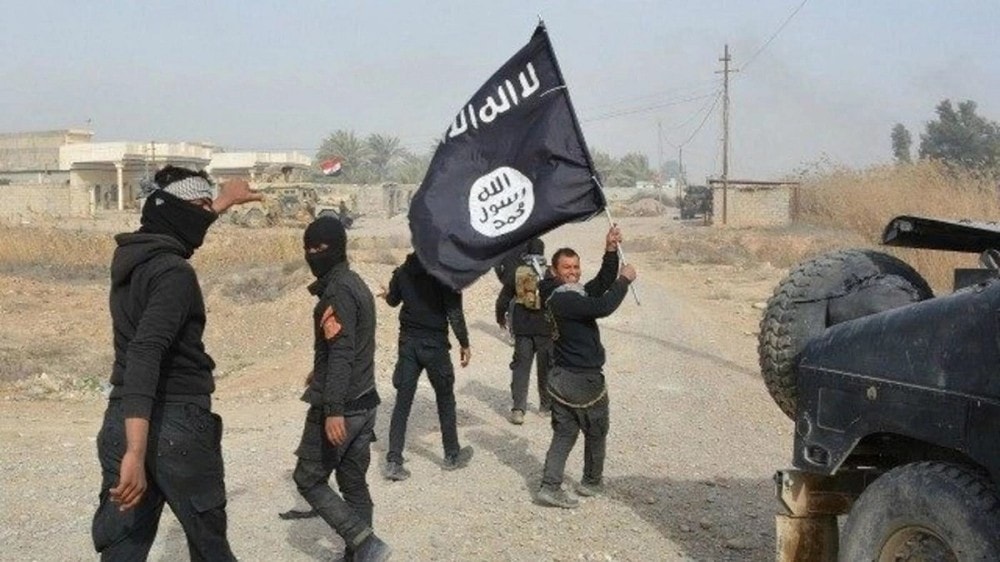Experts fear that the self-proclaimed Islamic State (IS) could take advantage of the power vacuum following the collapse of the Assad regime to resurrect itself, causing instability in Syria and the region.

In an article published in The New York Times on December 15, Charles Lister, Director of the Syria and Counterterrorism Program at the Middle East Institute, commented that the sudden collapse of the Assad regime after 53 years in power has brought hope for a new future.
But there is also a growing sense of fear in northeastern Syria, where the Islamic State (IS) group once controlled large swaths of territory. Although the group has lost control of nearly all of its former territory, its threat has not disappeared.
In contrast, IS has carried out nearly 700 attacks in Syria since January, a threefold increase from last year. The sophistication and lethality of IS attacks have also skyrocketed this year.
In addition to IS's months-long campaign of attacks on Syria's oil industry, the group's notorious extortion network has also returned to action, providing a new source of funding for the terrorist organization.
Countering ISIS is not simple and requires complex, interconnected actions, not just military operations. Ultimately, ISIS is a symptom of the chaos caused by the Syrian civil war, not its cause.
IS relies on the instability, suffering and grievances of local populations to propagate, attract, recruit and justify its actions.
To prevent IS from exploiting the power vacuum left by the collapse of President Bashar al-Assad's regime, the United States and its allies must use every tool available to counter its rise.
Assad regime forces, which have been trying to counter the expansion of the IS group, have abandoned their positions across central Syria.
Syrian opposition forces have managed to take control of some of these abandoned areas, but their forces are few and their ability to coordinate a complex desert campaign against IS is limited.
The first US response to this sudden vacuum came on December 8, when US aircraft struck more than 75 IS targets across central Syria.

The US military, which has 900 troops in Syria, will need to be on alert in the coming weeks, preparing to strike at IS wherever it seeks to accumulate resources, regroup or launch attacks.
Much of Syria remains a tangle of factional forces, each with its own motives. For the past eight years, the US has partnered with the Syrian Democratic Forces (SDF), a Kurdish-led alliance that paved the way for the fall of the Islamic State in Raqqa in 2017.
The SDF is now facing an existential dilemma as the Syrian National Army, a rival militia backed by Türkiye, has captured strategic towns from the SDF and could now target the iconic Kurdish city of Kobani.
On December 10, the US brokered a ceasefire between the two opposing factions, but it is fragile.
As of December 13, the SDF’s control over its territory showed signs of faltering. Protests against the SDF in Raqqa and Deir ez-Zour escalated into violence and chaos, with reports of the SDF opening fire on civilians.
The US must work closely with the SDF to prevent escalation. This will require military oversight and more diplomacy, and Secretary of State Antony Blinken’s trip to Ankara a few days ago was a step in the right direction, as Türkiye holds many of the “keys” to this conflict.
While worrying, the current situation also presents new opportunities for the US in the fight against ISIS. The Arab tribes and militias in Deir ez-Zour have been fighting ISIS for a decade. If the US does not want to deploy more forces into Syria, it can cooperate with these forces.

In addition, amid this volatile and unstable situation, a prisoner crisis is unfolding in northeastern Syria, where tens of thousands of IS prisoners are being held in SDF-run prisons.
These detainees must be returned to their countries of origin and, where appropriate, prosecuted for crimes they committed while associated with the IS organization.
The fall of the Assad regime could open up new avenues for the repatriation of foreigners held in these camps. The Assad regime has normalized relations with a number of countries in the Middle East and North Africa – a significant portion of those held in SDF prisons and camps are nationals of these countries.
Organising repatriations between the SDF and these countries is impossible while Assad remains in power. But as the Assad regime falls, the repatriation programme could be accelerated.
Ultimately, there is no quick fix to the IS problem, says expert Charles Lister. But without action soon, America’s allies in Syria could eventually be torn apart by internal strife and external attacks, forcing the US to withdraw from Syria.
US foreign policy in the region could change in the blink of an eye, with President-elect Donald Trump declaring that the US should have “nothing to do” with Syria’s future. But if nothing is done, IS will have a chance to rise again.
TH (according to VNA)